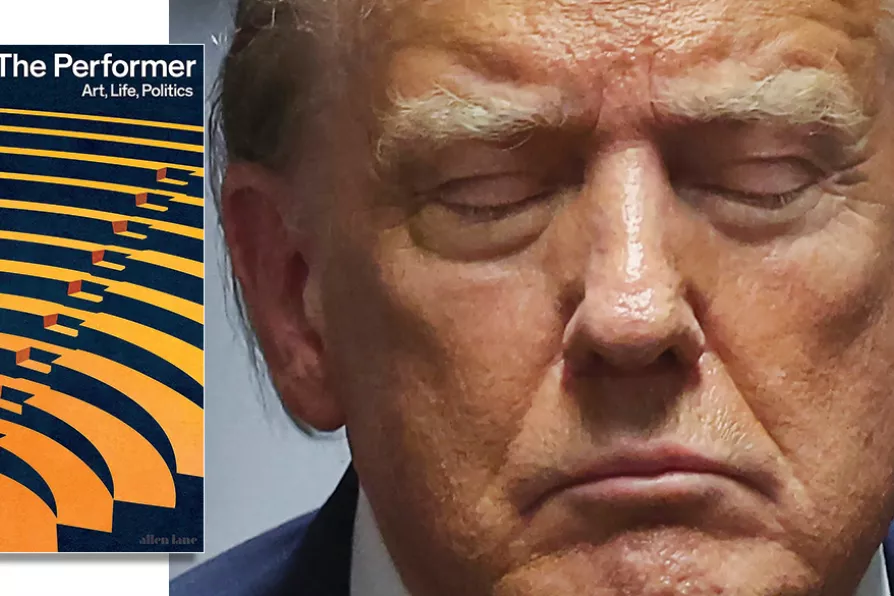Back from a mini tour of Yorkshire and Stockport and cheering for supporting act Indignation Meeting
Malign performances
GORDON PARSONS is beguiled by an analysis of performance operates in theatre and plays a vital role in political power-play

 actor
actor
The Performer: Art, Life, Politics
Richard Sennet
Allen Lane, £25
“WHEN I started to write this essay on society and the performing arts, a cluster of demagogues had come to dominate the public realm. Donald Trump in America and Boris Johnson in Britain are skilled performers. Malign performances of this sort draw on the same materials of expression, though, as other kinds of expression.”
This is a promising start to leading US sociologist Richard Sennett’s entertaining and provocatively informative examination of the place and the nature of performance both on stage and in society at large.
More from this author

While the group known as the Colourists certainly reinvigorated Scottish painting, a new show is a welcome chance to reassess them, writes ANGUS REID

ANGUS REID recommends an exquisite drama about the disturbing impact of the one child policy in contemporary China

The phrase “cruel to be kind” comes from Hamlet, but Shakespeare’s Prince didn’t go in for kidnap, explosive punches, and cigarette deprivation. Tam is different.

ANGUS REID deconstructs a popular contemporary novel aimed at a ‘queer’ young adult readership












